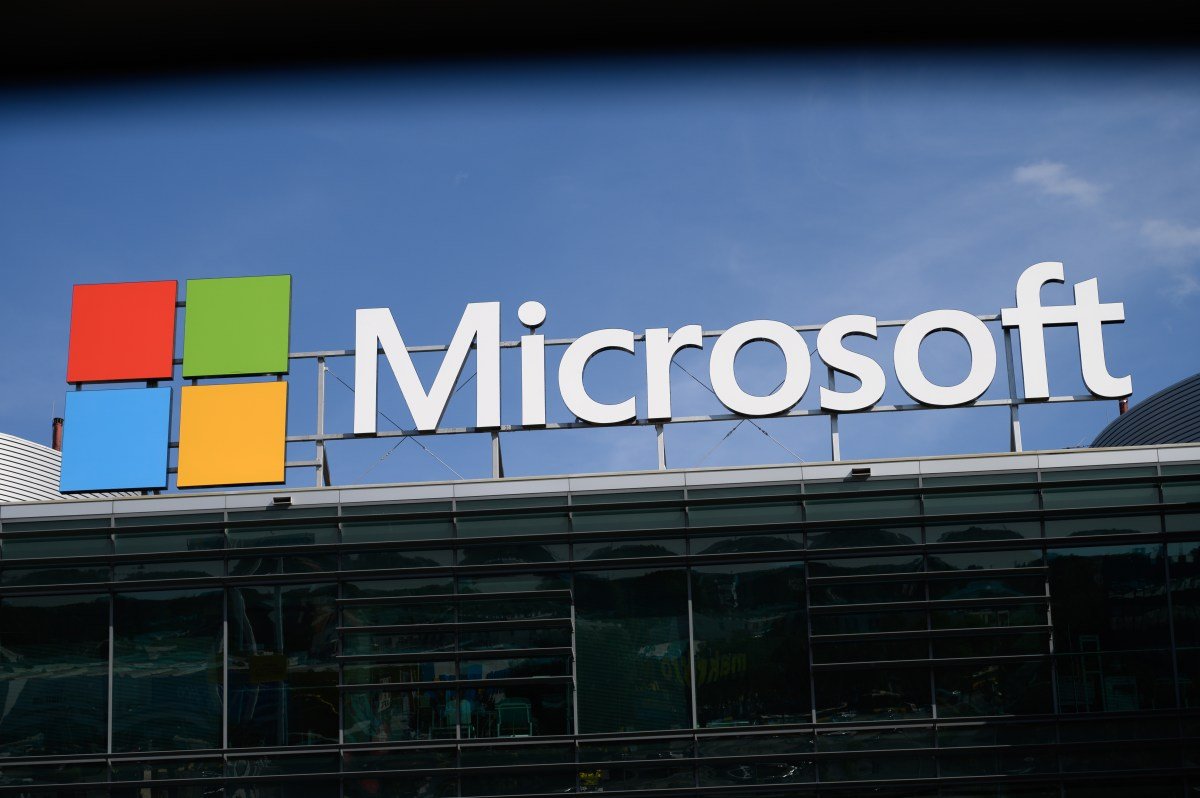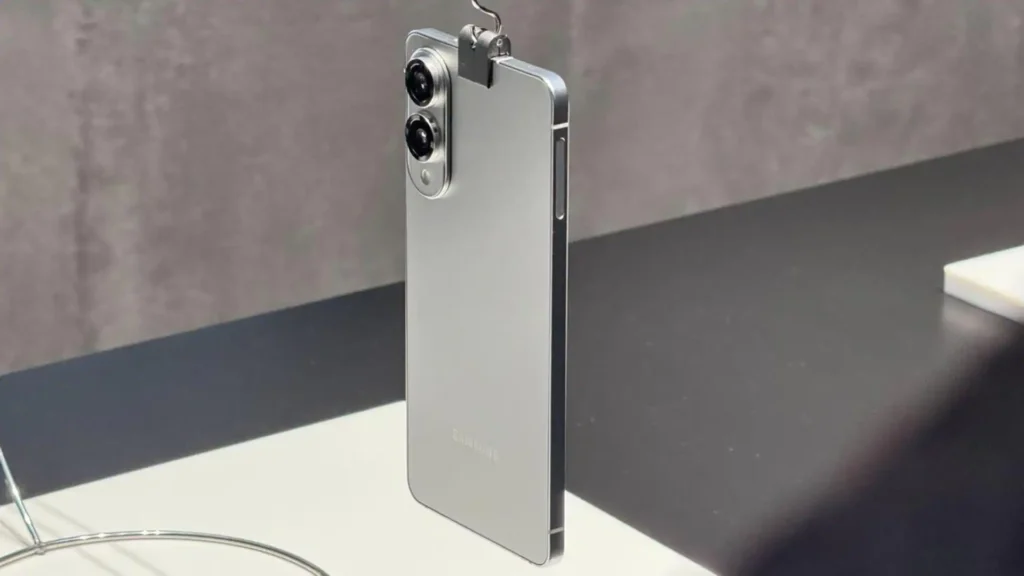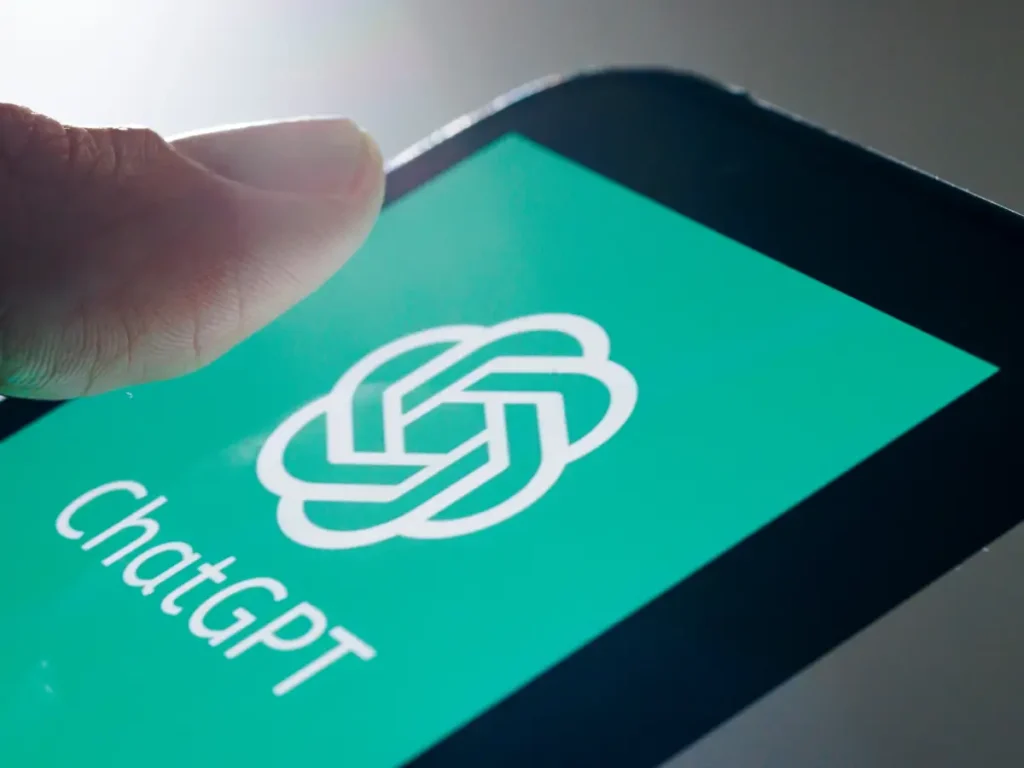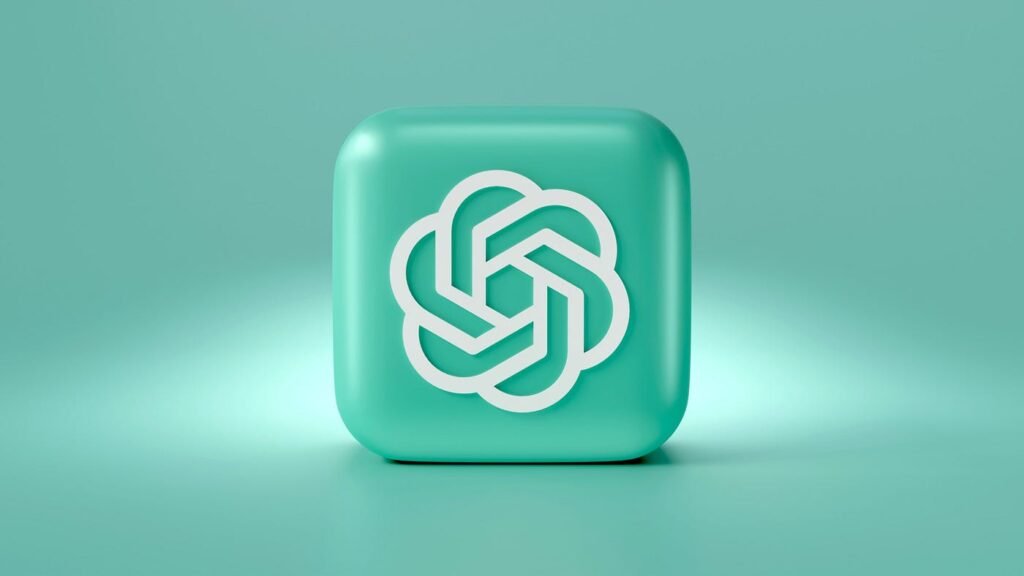Tech
Microsoft’s First Video Game Union Contract Secures Massive Pay Raises and Worker Protections
ZeniMax QA testers lock in industry-shaping 13.5% wage hike and AI transparency clause in historic deal with Microsoft

In a groundbreaking moment for the video game industry and American labor history, quality assurance testers at ZeniMax — a video game publisher under Microsoft’s gaming empire — have reached a tentative agreement for the company’s first-ever union contract in the United States. This milestone signals not only a shift in corporate policy for the tech giant but also a rising tide of worker empowerment within the $200 billion global gaming industry.
The deal, announced by the Communications Workers of America (CWA), follows more than two years of negotiations. It applies to approximately 300 unionized QA testers across three ZeniMax studios. These are the developers behind blockbuster titles like The Elder Scrolls, Fallout, and Doom, franchises that have defined generations of gaming.
Under the tentative agreement, all union members will receive an across-the-board 13.5% wage increase starting July 1, a bold move in an industry where entry-level pay has often lagged behind long hours and technical expertise. According to union reps, the lowest-paid workers will see their wages jump from $20.75 to $28.38 per hour, a raise that could shift industry standards going forward. Minimum pay for job categories will also be established as part of the contract.
“This is a monumental victory for all current video game workers and for those that come after,” said Page Branson, a QA tester and member of the union bargaining committee. “We’ve fought hard to make the workplace better and to set a standard others can follow.”
But the contract isn’t just about wages. One of its most forward-looking provisions addresses the impact of artificial intelligence on job security — a growing concern across tech sectors. Microsoft has agreed to notify the union whenever AI implementation could affect jobs and, crucially, to negotiate those impacts upon request. This move is considered one of the first of its kind in tech labor contracts and may set a precedent for how companies handle automation in future agreements.
The unionization effort began back in 2022, shortly after Microsoft acquired ZeniMax for $7.5 billion. While tech companies have traditionally resisted union activity, Microsoft took a different approach — vowing neutrality on union efforts as part of its $70 billion acquisition of Activision Blizzard in 2023, in a bid to win regulatory approval. That agreement cleared the path for wider labor movements within Microsoft’s gaming division, which now includes more than 2,000 union members.
This latest contract, which still awaits final ratification by union members in a vote scheduled for June 20, demonstrates a major cultural and operational shift within Microsoft — and potentially, the gaming industry at large.
Microsoft’s gaming division, which includes Xbox and its ever-growing portfolio of studios, generated over $23 billion in revenue in the past year. By recognizing and rewarding the essential work of QA testers — long considered the industry’s unsung heroes — the company may now find itself at the forefront of responsible game development and labor relations.
As players demand higher-quality releases and studios rush to meet deadlines, quality assurance teams are no longer content with being underpaid and overlooked. With this historic contract, ZeniMax’s QA team has fired the opening salvo in what could become a new era of unionized power across the gaming world.
Tech
iPhone 17 vs Samsung Galaxy S25 Edge Which Flagship Will Rule 2025
With Apple betting on sleek design and faster charging and Samsung pushing AI and display power, here’s how these two titans stack up.

The iPhone 17 and Samsung Galaxy S25 Edge are shaping up to be the most talked-about smartphone flagships of 2025, and for good reason. Apple and Samsung continue to push the boundaries of innovation, but their approaches this year couldn’t be more different. Whether you’re loyal to iOS or tempted by Android, this face-off offers everything from design elegance to raw AI performance—and deciding between them might not be easy.
Let’s start with design. The iPhone 17, particularly the Air variant, is expected to debut an ultra-slim, lightweight chassis, potentially the thinnest iPhone yet. Meanwhile, the Galaxy S25 Edge is going bolder with a refined curved-edge display and a more futuristic form factor, featuring reduced bezels and a titanium-glass composite body. If you’re into sleek minimalism, Apple takes the edge. If you’re into visual impact and ergonomics, Samsung holds strong.
In terms of display technology, iPhone 17 vs Samsung Galaxy S25 Edge Which Flagship Will Rule 2025keeps its lead. The S25 Edge is rumored to feature a 6.9-inch QHD+ AMOLED panel with a 144Hz refresh rate, AI-adaptive brightness, and next-gen Eye Comfort Shield. Apple’s iPhone 17 will stick with its signature Super Retina XDR OLED display, but it’s rumored to finally adopt LTPO tech across the lineup, enabling smoother refresh rates and better battery efficiency.

When it comes to performance, the Galaxy S25 Edge will be powered by the Snapdragon 8 Gen 4 globally—a chip packed with enhanced AI capabilities and real-time language translation features. Apple, on the other hand, is expected to equip the iPhone 17 Air with the A18 chip, a slightly upgraded version of the A17 Pro, and reserve the A19 chip for the Pro models. While Apple will still offer buttery-smooth performance and deep integration with iOS, Samsung’s edge in AI-driven multitasking and productivity tools could be a deciding factor for power users.
Camera systems remain a close fight. The S25 Edge is rumored to feature a 200MP main sensor with improved night mode and 8K recording, while the iPhone 17 may retain a 48MP primary lens with computational enhancements. Apple continues to lead in color accuracy and natural processing, whereas Samsung wins with detail and optical versatility.

Where Apple may catch Samsung off guard is in charging speeds. Thanks to the rumored Qi 2.2-enabled MagSafe chargers, the iPhone 17 could support up to 50W wireless charging, rivaling or even surpassing Samsung’s current 45W wired charging. If true, Apple’s decision to boost wireless and USB-C speeds could eliminate one of the last advantages Android had over iPhones.
Both phones will come with flagship pricing, but Samsung is expected to offer more RAM and storage options even at the base level. Apple’s tightly controlled hardware-to-software ecosystem will continue to appeal to long-time iOS users, while Samsung’s flexibility, customizations, and AI-driven experience make it irresistible for Android fans.
Apple
iPhone 17 Air Could Charge at Blazing Fast Speeds with 50W Wireless Upgrade
Leaked MagSafe chargers hint at Apple’s biggest wireless charging boost ever, thanks to the new Qi 2.2 standard.

Apple’s iPhone 17 lineup is shaping up to bring one of the most exciting upgrades in recent memory—not through flashy design changes, but through blazing fast wireless charging. According to recent leaks from 91mobiles and regulatory filings in Taiwan, Apple could be ready to roll out 50W wireless charging support via its next-gen MagSafe chargers powered by the Qi 2.2 standard.
That’s right—while the ultra-slim iPhone 17 Air is expected to have a thinner battery (which usually means more frequent charging), Apple seems to be solving that problem in the most Apple way possible: by dramatically speeding up MagSafe charging.
The leaks point to two upcoming MagSafe models, reportedly labeled A3502 and A3503, submitted to Taiwan’s NCC regulatory body. Though the puck-style design remains familiar, these chargers will reportedly be capable of delivering up to 45W of wireless power, a giant leap from the 15W limit on current Qi 2.0 devices, and even beyond the 30W ceiling seen in the iPhone 16 series.
The real game-changer here is the Qi 2.2 standard, which promises not just higher wattage, but also improved efficiency, better magnetic alignment, and enhanced backward compatibility. That means faster charging for newer models like the iPhone 17 Air, without sacrificing support for older MagSafe-compatible devices.
Now, will Apple actually allow the full 50W wireless experience? That remains to be seen. The Cupertino giant has a history of keeping power under tight control, often capping performance to maintain battery health. Still, if the iPhone 17 Air even hits 40W–45W wirelessly, it would bring Apple neck-and-neck with Android flagships that have long dominated the fast-charging space.
Even more exciting, if Apple boosts wireless speeds, it’s likely we’ll see a similar USB-C charging bump—a huge win for power users and those constantly on the go.
All signs point to Apple saving this MagSafe surprise for the official iPhone 17 reveal later this year, possibly alongside other hardware announcements. If true, the iPhone 17 Air could become the most convenient iPhone ever for battery-conscious users, combining sleek portability with charging speeds once thought impossible on an Apple device.
AI
Top 5 Mind Blowing Features of ChatGPT You’re Probably Not Using Yet
From writing your code to remembering your favorite coffee order, ChatGPT’s latest features are redefining what it means to have an AI assistant.

In the ever-evolving world of AI, ChatGPT by OpenAI remains one of the most powerful and accessible tools available to users across the globe. But beyond just answering questions or writing essays, ChatGPT is now packed with features that many users haven’t even discovered yet. Whether you’re a student, entrepreneur, coder, or content creator, these top 5 features of ChatGPT in 2025 are total game changers.

1. Memory That Remembers You
One of the most revolutionary updates to ChatGPT is its Memory feature—available to ChatGPT Plus users. This allows the AI to remember facts about you, your preferences, and past conversations. Whether it’s your writing tone, favorite tools, or the fact that you hate semicolons in your code, ChatGPT tailors responses to your style over time.
You can manage memory easily and even wipe it clean if you want a fresh start. Think of it as a personal AI that grows smarter the more you use it.
2. Advanced Data Analysis and File Uploads
ChatGPT now lets you upload documents, spreadsheets, and PDFs, and it can analyze data, extract insights, create summaries, and generate charts in seconds.
Whether you’re a student reviewing a research paper, a marketer analyzing campaign data, or a founder preparing reports, this feature makes handling complex files effortless.
3. Custom GPTs for Anything You Imagine
With the introduction of Custom GPTs, OpenAI now allows users to build their own version of ChatGPT—no coding required. You can fine-tune behavior, add custom instructions, or even integrate third-party APIs to make it act like a travel planner, writing coach, or coding mentor.
There’s also a public Explore GPTs store where users can browse community-created GPTs and use them instantly. This opens a world of possibilities where everyone can create their own AI assistant.

4. Deep Web Browsing Capability
Unlike older versions, ChatGPT Plus now comes equipped with web browsing capabilities. This means the AI can search the internet in real time, provide up-to-date information, and cite sources for its findings. It’s ideal for news, research, product comparisons, or anything that goes beyond its knowledge cut-off.
No more worrying about outdated info—ChatGPT is now as current as your browser tab.
5. Code Interpreter aka Python Sandbox (a.k.a. “Advanced Tools”)
ChatGPT’s built-in code interpreter—also known as Python sandbox or Advanced Data Analysis (ADA)—is a hidden gem. It can run calculations, generate plots, clean datasets, and even write complex functions live within your conversation.
It’s especially loved by data scientists and engineers, but even non-coders can use it to automate tasks or visualize data with just a simple prompt.

Final Thoughts
In 2025, ChatGPT is no longer just a chatbot—it’s a versatile AI platform designed to make your life smarter, faster, and more efficient. From personalized memory and coding tools to web browsing and custom AI assistants, these features are only scratching the surface of what’s possible.
Whether you’re using ChatGPT for work, study, or just curiosity, these five features will help you unlock its full potential—and maybe even replace a few apps on your device along the way.
-

 Sports1 week ago
Sports1 week agoBlue Jays Humiliated in Tampa as John Schneider’s Comments Raise Eyebrows
-

 Personality5 days ago
Personality5 days agoDonald Trump’s net worth reveals the fortune behind the former US President and business mogul
-

 Entertainment5 days ago
Entertainment5 days agoJonathan Joss Shot Dead at 59 in Texas Tragedy His Husband Says Was Hate-Fueled Crime
-

 Entertainment6 days ago
Entertainment6 days agoTop 5 Oscar Moments That Shook Hollywood and the World
-

 Tech1 week ago
Tech1 week agoTop 7 AI Tools Every Corporate Employee Should Use in 2025.
-

 Films5 days ago
Films5 days agoRobert Pattinson’s Top 5 Films That Showcase His Evolution from Teen Idol to Indie Icon
-

 Personality5 days ago
Personality5 days agoLionel Messi’s Net Worth Revealed and How the Football Legend Built His Multi-Million Dollar Fortune
-

 Films5 days ago
Films5 days agoJames Gunn’s Net Worth Revealed How the Filmmaker Built His Fortune
























